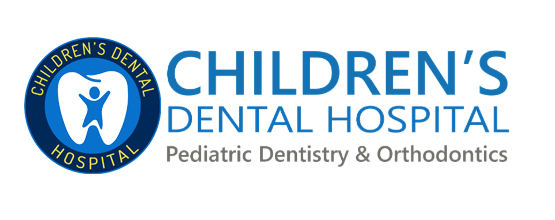
X-rays are used to help diagnose dental issues, and X-rays can be used by your child’s dentist as a part of your child’s oral examination. Your child is exposed to a very small level of radiation with x-rays, so parents are often reluctant to get an x-ray for their child until they have more information about why and how it’s done. Below are some helpful tips parents should know when getting X-rays for children.
Why Should Children Receive Dental X-Rays?
X-rays can help dentists:
- Locate any unerupted teeth
- Check out results from prior treatments
- Find out if hereditary dental problems are present
- Find the cause of swelling in the mouth
- Locate cavities
- Examine wounds in the mouth
- Count your child’s teeth
- Examine the mouth for healthy surrounding bone structure
- Find out how unerupted teeth will affect surrounding teeth
- Check for bone loss or periodontal disease
Here are some types of X-rays:
Periapical – These X-rays will help examine just on one or a couple teeth, and will show the full tooth from it’s crown to the root. These X-rays can find problems with the tooth’s root or the surrounding jaw bone and examine for cavities.
Occlusal – Occlusal X-rays show the full upper or lower arch of teeth. They can help during examination of the position of all your child’s teeth and to reveal how your child’s teeth meet when biting down.
Panoramic – Panoramic X-rays show the whole mouth in one X-ray, so your child’s entire set of teeth can be viewed. Panoramic X-rays are able to monitor the development of your child’s teeth or to find out if braces are needed. They also can help dentists with finding emerging teeth, impacted teeth, or tumors.
Bitewing – Bitewing X-rays are helpful while examining the crowns of the teeth in the upper and lower jaw in a section of the mouth. They can locate cavities in between the teeth that can’t easily be seen without it. They can also be used to check fillings for wear.
Orthodontic – Also called cephalometric projections, these will show the full side of your child’s head. They can help the dentist plan orthodontic treatments because their teeth are revealed along as well as the jaw and head.
Cone Beam Computerized Tomography – These X-rays will show a 3-D image of your child’s mouth. This is useful when the dentist has to measure the space and development of your child’s teeth.
X-Ray Safety
Plenty of parents are concerned about the risks of exposure to radiation when their child is getting an x-ray. Parents need to be aware that children are exposed to a very minimal amount of radiation when they get an X-ray. Modern X-ray equipment lets dentists focus the X-ray beam on one target area to minimize the radiation exposure. Protective items like lead body aprons and shields will also make sure your child is safe. Following a proper oral hygiene regimen at home can help reduce the need for getting an X-ray.
Call CDH today to learn about how they can help ensure our child’s safety during their treatment, you can learn more here.

